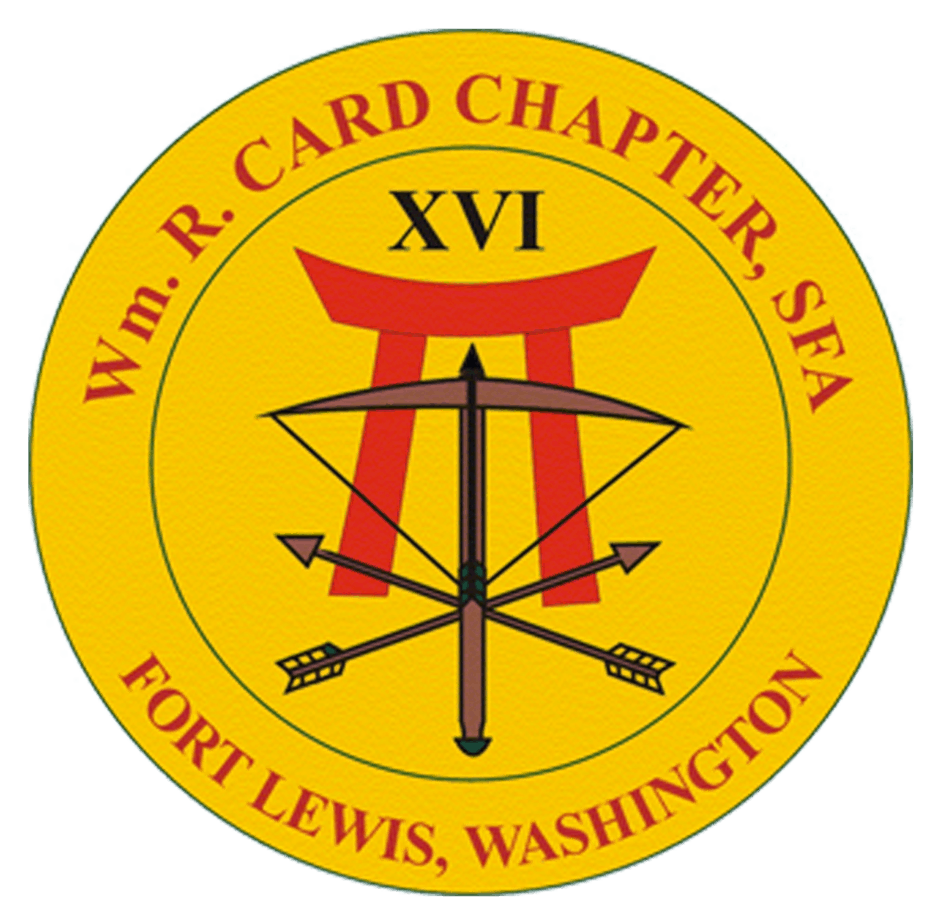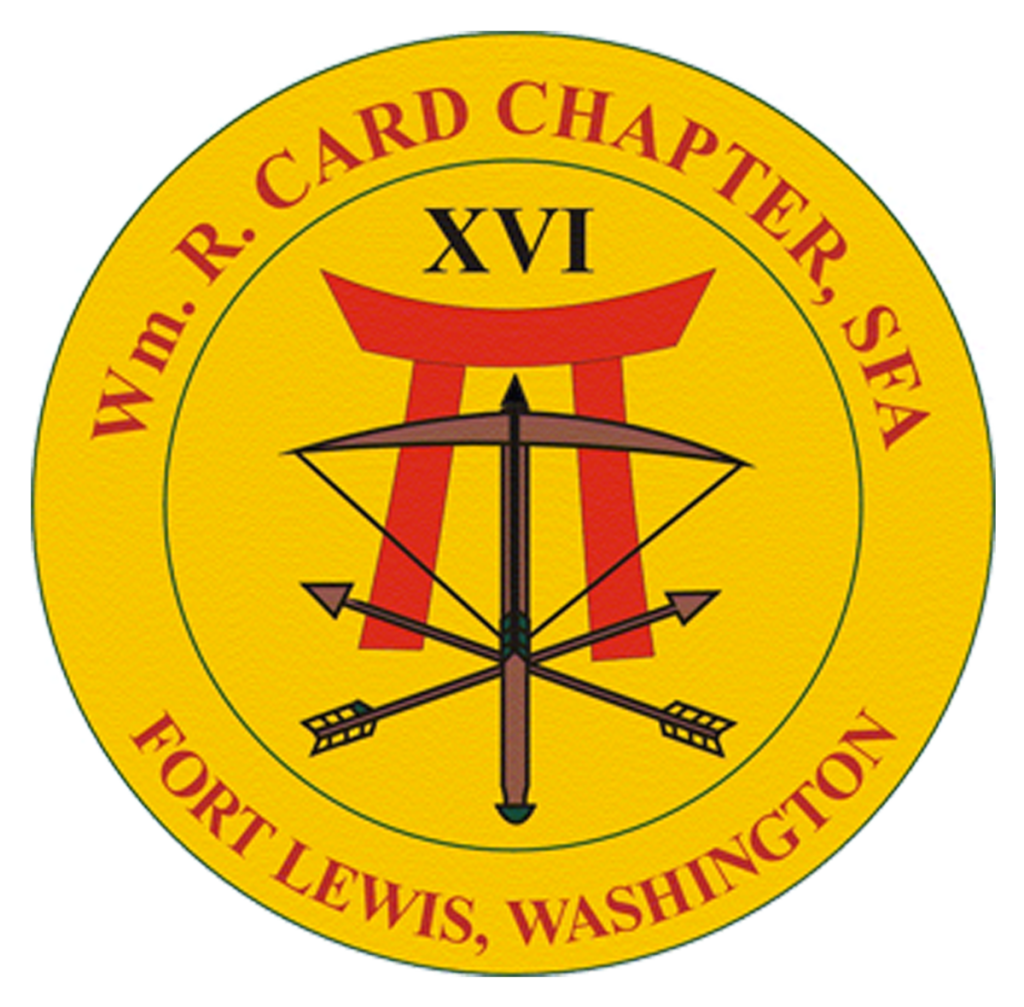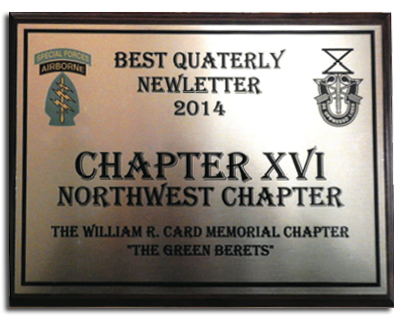
HOW THE PARACHUTE BADGE WAS DEVELOPED
[This letter is a reproduction of a letter which Gen Yarborough sent to the Static Line newspaper in 1977 clarifying how the Parachute Badge was developed. It was Gen Yarborough that was responsible for the design and the development of the original wings of the parachute badge, and these are the true facts as he has carefully enumerated them. Keep a copy of this letter where you can refer to it at some future time when you may be caught in a discussion questioning the origin and production of the Parachute Wings.]
By Gen William Yarborough
To begin with, the parachutist qualification badge was not developed in order to “identify the members of this unique organization”, it was to signify qualification in the art of military parachuting. The device which identified the 501st Parachute Battalion was an Ojibway Thunderbird on a silver shield with the motto “GERONIMO.” I designed that distinctive insigne. Its history is filled with the heraldry element of DSCPers in the Pentagon. I had hoped that every parachute unit of the American Army might have an American Indian thunderbird of different design as the basis for its distinctive insigne and toward that end, I had done considerable research which had brought to light dozens of colorful Thunderbird designs-all appropriate, I thought, to American Heraldry and traditions.
As to the parachute wings it is incorrect to state that “The Chief of Infantry suggested a design on a light blue background similar in appearance to the badge of the Air Corps pilots.” The one most firm requirement placed by the Army on any design of a parachute qualification badge was that it IN NO WAY resemble the pilots wings of the Air Corps. The Parachute Qualification Badge as we know it came into being as a result of LTC WILLIAM M. MILEY’S initiative. As Commander of the 501st Parachute Battalion, he ordered me to Washington in early 1941, telling me not to come back to Ft. Benning until I had an approved qualification badge in my hands. He had (quite properly) rejected several badge concepts supplied by the Heraldry Branch of G-1. They were both unimaginative, and in our view, even “recessive.” One consisted of a deployed parachute around which wings were folded in almost funeral attitude. Arriving at the War Department, I set to work to produce a design which fitted the parameters supplied by the bureaucrats.
After at least 50 tries, I came up with the design we now have. It seemed to me that the suggestion that the wing tips were supporting the chute canopy was symbolic of the powered flight which always preceded the paradrop. Furthermore, the prohibition against extended wings of any kind (imposed by the Heraldry Branch) had to be accepted.
I walked the approved design in and out of every office which had a piece of the action in the War Department. I would wait doggedly until each action type got to it in his “In” basket, then take it to the next one. When a contract was finally let with Bailey Banks and Biddle of Philadelphia, I camped on their doorstep until I was able to walk away with 350 Sterling Wings. These I carried triumphantly back to Col Miley at Benning. All of these first wings bear BB&B on the back, and they are collector’s items.
Feeling that the wings needed a little color and that perhaps they were on the small side, I designed the first felt backgrounds. For the 501st, the background was Infantry Blue with Artillery red superimposed so as to leave a narrow blue border. I took the patent out on these wings in order to protect the design from wrongful exploitation, and to keep the quality high. I never obtained a single penny from sale of the wings, nor from any commercial use – this was not my objective.
LTG WILLIAM P. YARBOROUGH
U.S.A. (Ret)
160 Hillside Road
Southern Pines, NC 28387


